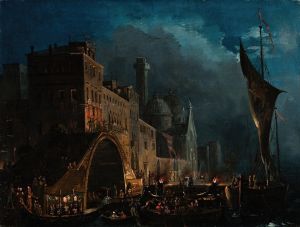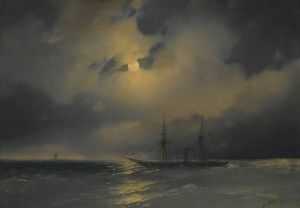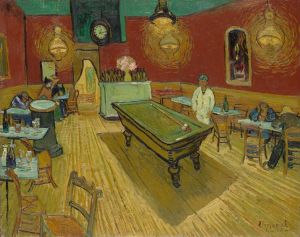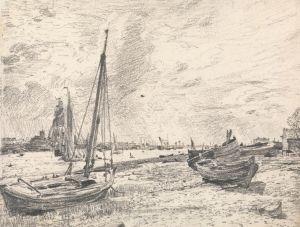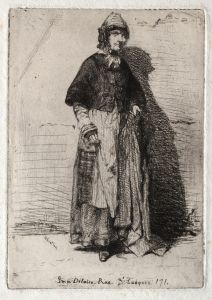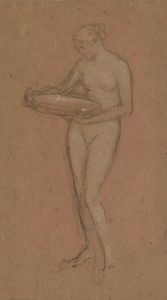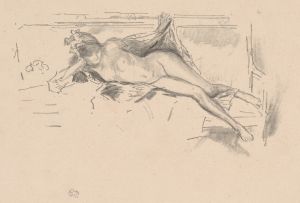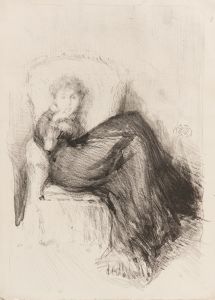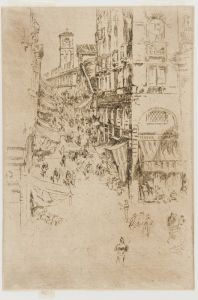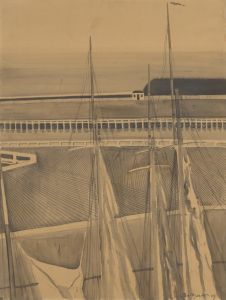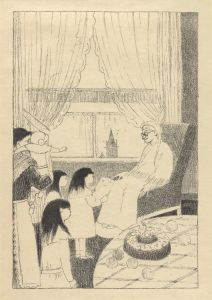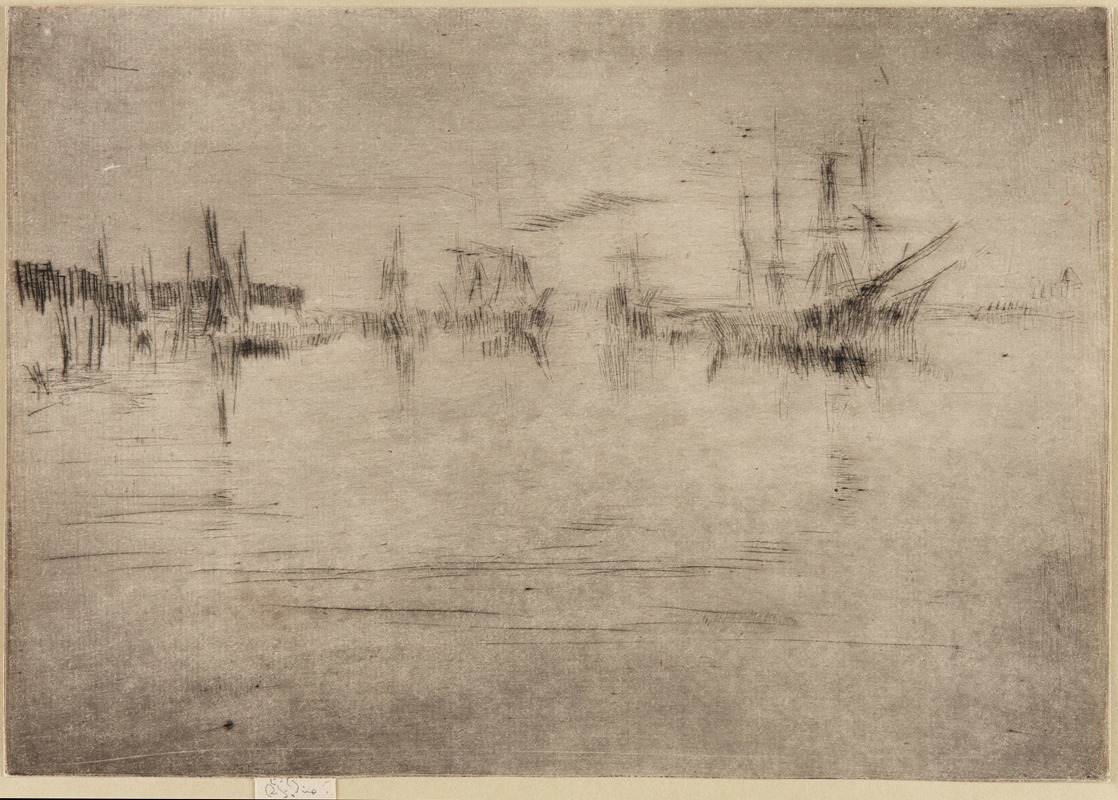
Nocturne Shipping
A hand-painted replica of James Abbott McNeill Whistler’s masterpiece Nocturne Shipping, meticulously crafted by professional artists to capture the true essence of the original. Each piece is created with museum-quality canvas and rare mineral pigments, carefully painted by experienced artists with delicate brushstrokes and rich, layered colors to perfectly recreate the texture of the original artwork. Unlike machine-printed reproductions, this hand-painted version brings the painting to life, infused with the artist’s emotions and skill in every stroke. Whether for personal collection or home decoration, it instantly elevates the artistic atmosphere of any space.
James Abbott McNeill Whistler was an American artist known for his significant contributions to the art world during the late 19th century. He is particularly famous for his innovative approach to painting and his role in the Aesthetic Movement, which emphasized the visual and sensual qualities of art over its narrative content. Among his notable works are the "Nocturnes," a series of paintings that capture the atmospheric effects of twilight or night.
"Nocturne: Blue and Gold - Old Battersea Bridge" is one of Whistler's most celebrated nocturnes, but there is no specific record of a painting titled "Nocturne Shipping" by Whistler. However, Whistler's nocturnes often depict scenes of the Thames River in London, where he lived for much of his life. These works are characterized by their subdued color palettes and emphasis on mood and atmosphere rather than detailed representation.
Whistler's nocturnes were inspired by the Japanese art he admired, particularly the use of space and the subtle gradations of color. He often used a limited color palette to create a sense of harmony and tranquility, focusing on the effects of light and shadow. The term "nocturne" itself was borrowed from the musical world, where it refers to a composition that evokes the night. Similarly, Whistler's nocturnes aim to capture the essence of night scenes, often with a dreamlike quality.
The nocturnes were also a reflection of Whistler's belief in "art for art's sake," a philosophy that art should be appreciated for its beauty and aesthetic qualities rather than its moral or social messages. This approach was somewhat controversial at the time, as many artists and critics believed that art should serve a higher purpose. Whistler's focus on aesthetics over narrative content was a significant departure from the prevailing artistic norms of the period.
Whistler's nocturnes were not always well-received by critics. One of the most famous incidents involving his nocturnes was the libel case against art critic John Ruskin. Ruskin had harshly criticized Whistler's "Nocturne in Black and Gold: The Falling Rocket," accusing him of "flinging a pot of paint in the public's face." Whistler sued Ruskin for libel and won the case, although he was awarded only a nominal sum in damages. The trial brought significant attention to Whistler's work and highlighted the ongoing debate about the role of art and the artist.
Despite the initial criticism, Whistler's nocturnes have since been recognized as groundbreaking works that contributed to the development of modern art. They influenced subsequent generations of artists, particularly in their exploration of abstraction and the use of color to convey mood and emotion.
In summary, while there is no specific painting titled "Nocturne Shipping" by James Abbott McNeill Whistler, his nocturnes as a whole represent a significant aspect of his artistic legacy. These works exemplify his innovative approach to painting, his embrace of aestheticism, and his influence on the trajectory of modern art.






